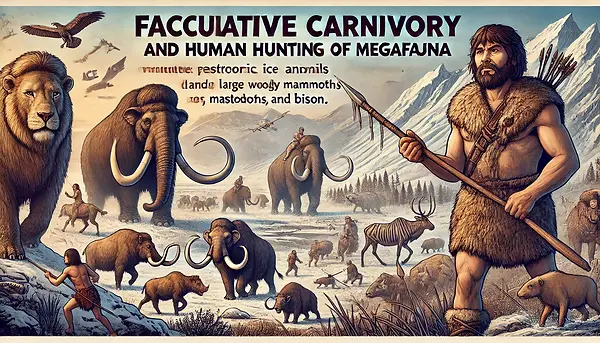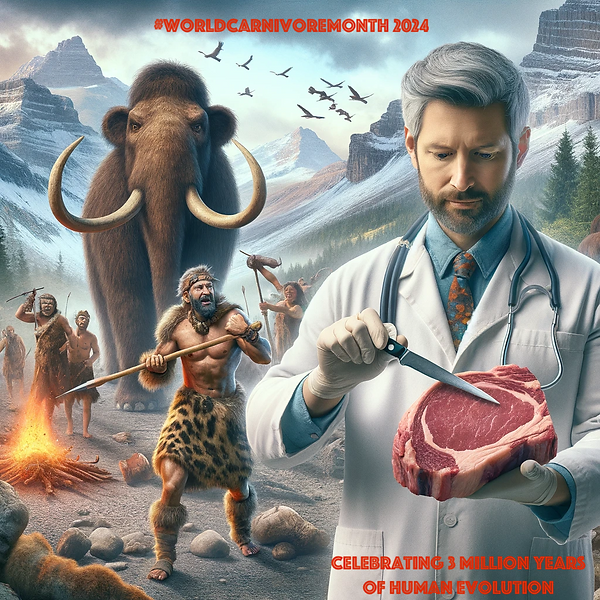


Title:
Recent genetic adaptations to starch consumption
Abstract:
Human AMY1 Gene
Details
The evidence that points to an accumulated genetic adaptation to tuber consumption is rather recent on our evolutionary timescale [29]. It suggests tubers weren’t a big part of our diet previously [30]. The human AMY1 gene is expressed in many of our organs for the breakdown of starch and glycogen. Several studies have hypothesized that people with a low number of AMY1 copies would suffer from higher rates of obesity and diabetes on a high-starch diet. However, the evidence doesn’t support that [31, 32].
Human adaptations to diet, subsistence, and ecoregion are due to subtle shifts in allele frequency
Abstract
Human populations use a variety of subsistence strategies to exploit an exceptionally broad range of ecoregions and dietary components. These aspects of human environments have changed dramatically during human evolution, giving rise to new selective pressures. To understand the genetic basis of human adaptations, we combine population genetics data with ecological information to detect variants that increased in frequency in response to new selective pressures. Our approach detects SNPs that show concordant differences in allele frequencies across populations with respect to specific aspects of the environment. Genic and especially nonsynonymous SNPs are overrepresented among those most strongly correlated with environmental variables. This provides genome-wide evidence for selection due to changes in ecoregion, diet, and subsistence. We find particularly strong signals associated with polar ecoregions, with foraging, and with a diet rich in roots and tubers. Interestingly, several of the strongest signals overlap with those implicated in energy metabolism phenotypes from genome-wide association studies, including SNPs influencing glucose levels and susceptibility to type 2 diabetes. Furthermore, several pathways, including those of starch and sucrose metabolism, are enriched for strong signals of adaptations to a diet rich in roots and tubers, whereas signals associated with polar ecoregions are overrepresented in genes associated with energy metabolism pathways.
Hypothesis:




